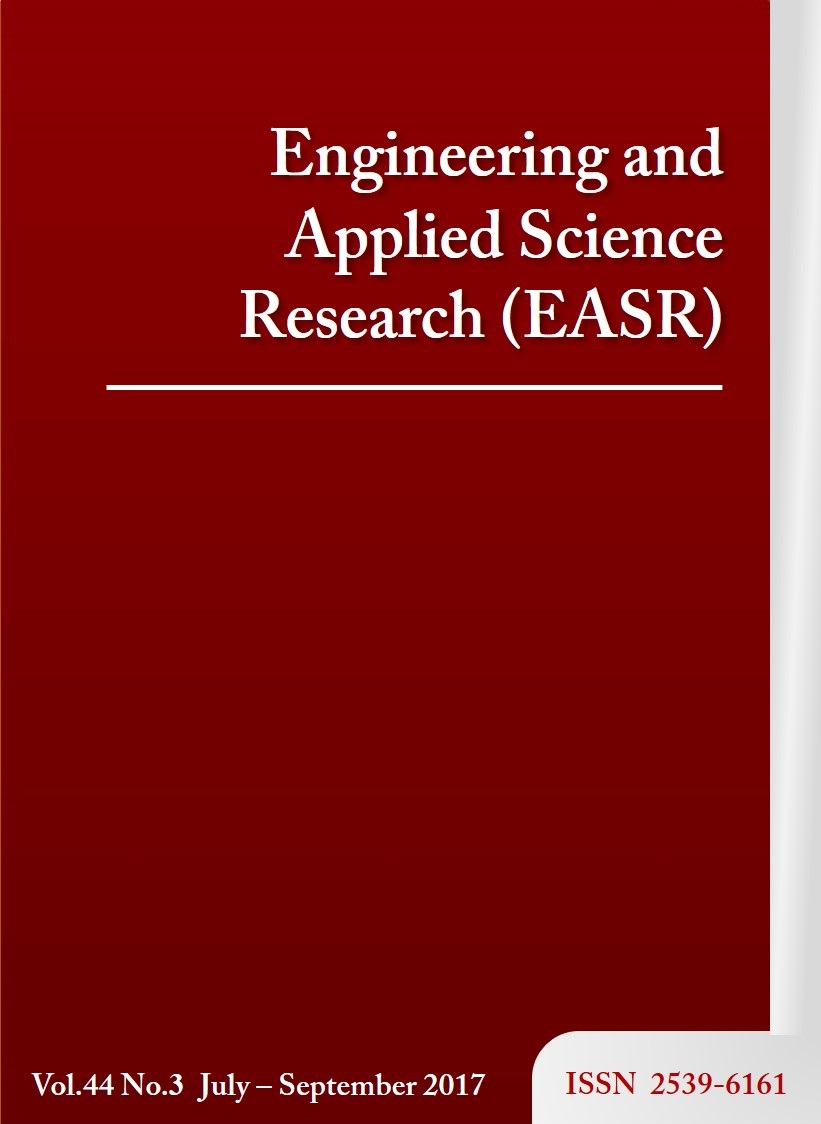Chiral metamaterial-based microwave sensors
Main Article Content
Abstract
A significant resonance shift is found in both reflection and transmission coefficients from both parallel and perpendicular excitations in a helical structure. The responses from the perpendicular excitation show better sensitivity than those from the parallel excitation at 480 MHz-560 MHz for 0.2 circumference difference. Additional electromagnetic properties of a helical structure, such as chirality, optical rotatory dispersion and circular dichroism can also further combine to enhance the sensing performance.
Article Details
This work is licensed under a Creative Commons Attribution-NonCommercial-NoDerivatives 4.0 International License.
References
Huang M, Yang JJ, Petrin EA. Microwave sensor using metamaterials. In: Petrin A, editor. Wave Propagation. Vienna, Austria: Intech Press; 2011. p. 13-36.
Lee HJ, Yook JG. Biosensing using split-ring resonators at microwave regime. Appl Phys Lett. 2008; 92(25):254103(1-3).
Lee HJ, Lee HS, Yoo HS, Yook JG. DNA sensing using split-ring resonator alone at microwave regime. J Appl Phys. 2010;108(1):014908(1-6).
Kraszewski AW. Microwave aquametry - needs and perspectives. IEEE Trans Microw Theor Tech. 1991;39(5):828-35.



